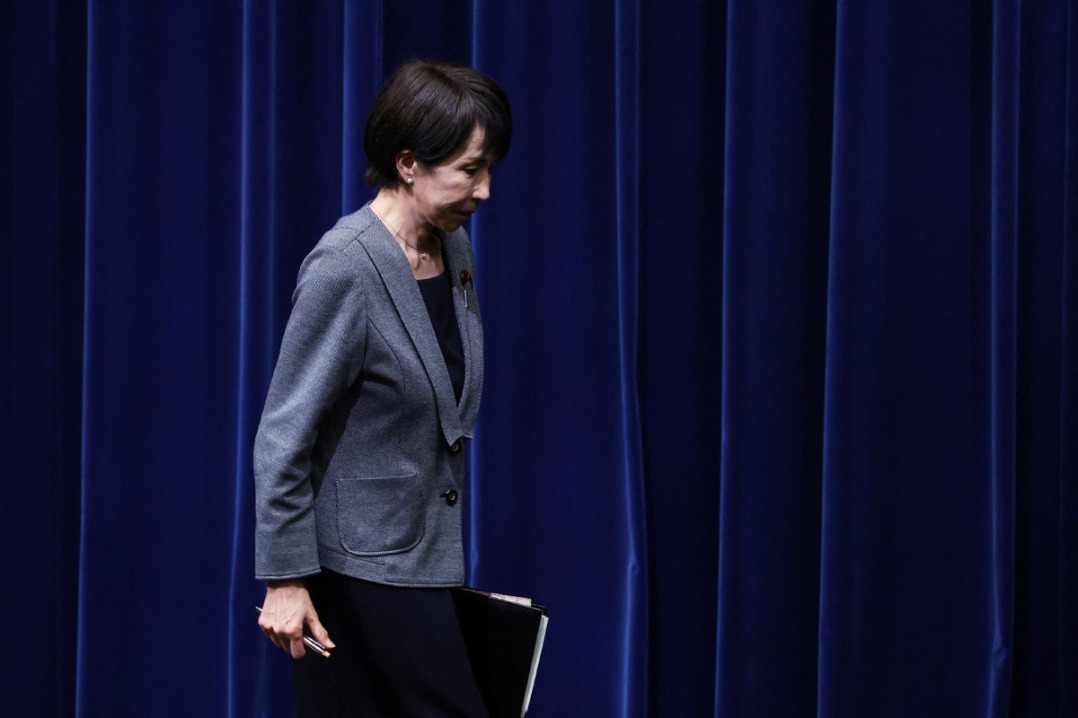Systemic measures are needed to mitigate local government debt risks


A recent meeting by the central authorities stressed formulating a package of measures to defuse local debt risks.
Statistics show that China's current proportion of government debt in the GDP is lower than the internationally recognized 60 percent redline and hidden local debts have been reduced by more than one-third by curbing new debts and resolving outstanding debts.
However, the stock of local hidden debt is not small, with some local financing platforms facing prominent debt repayment problems. In some regions, new hidden debt is increasing, brewing debt risks.
At the same time, the outstanding contradiction between government revenues and expenditures underlines the need to guard against and defuse local debt risks. In the first half of this year, China's national general public budget revenue exceeded 11.9 trillion yuan ($1.66 trillion), up 13.3 percent. The growth is stark, but it is mainly due to the low revenue base in the same period last year because of the implementation of large-scale value-added tax rebate policies.
As such factors gradually fade, the growth rate of fiscal revenues will decline accordingly. This means the country's fiscal revenues and expenditures remain in a state of tight balance, and less-developed regions are under great pressure to repay debts.
The country must take account of its economic development and debt security, and firmly uphold that no systemic debt risks occur. First, it is necessary to formulate and implement a package of measures to coordinate local governments' capital, assets and resources, and take various measures to properly resolve the stock of their hidden debts. Beijing, Shanghai, and Guangdong province have carried out the pilot work of "no hidden debt", and this should be promoted in other regions.
Second, given that local government financing platforms are the main source of hidden debts, they should gradually be stripped of financing functions.
Third, the principle that "whoever borrows debts is responsible for debt risks" must be adopted to demarcate the boundary of debt responsibilities among different players, and anyone who illegally creates new hidden debts should be investigated and held accountable.
Fourth, to effectively prevent and defuse local debt risks, a long-term mechanism should be established to deepen reform of the budget management system, tighten budgetary constraints on government revenues and expenditures, increase fiscal transparency, and put an end to arbitrary borrowing.


































